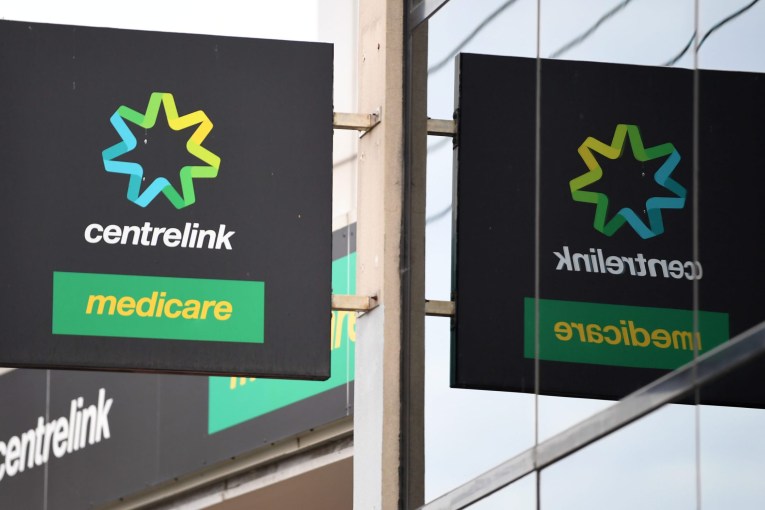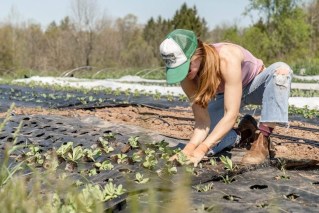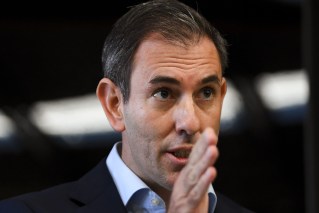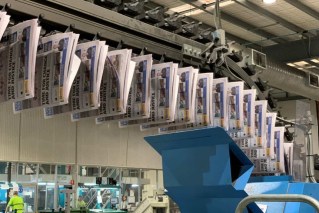How the LNG industry’s promised nirvana has seen billions vanish into thin air
Launched amid hopes it could transform Queensland’s economy and deliver billions in royalties and revenues, the coal seam gas industry is at a tipping point a decade since the last major project was launched. John McCarthy asks whether it has all been worth it

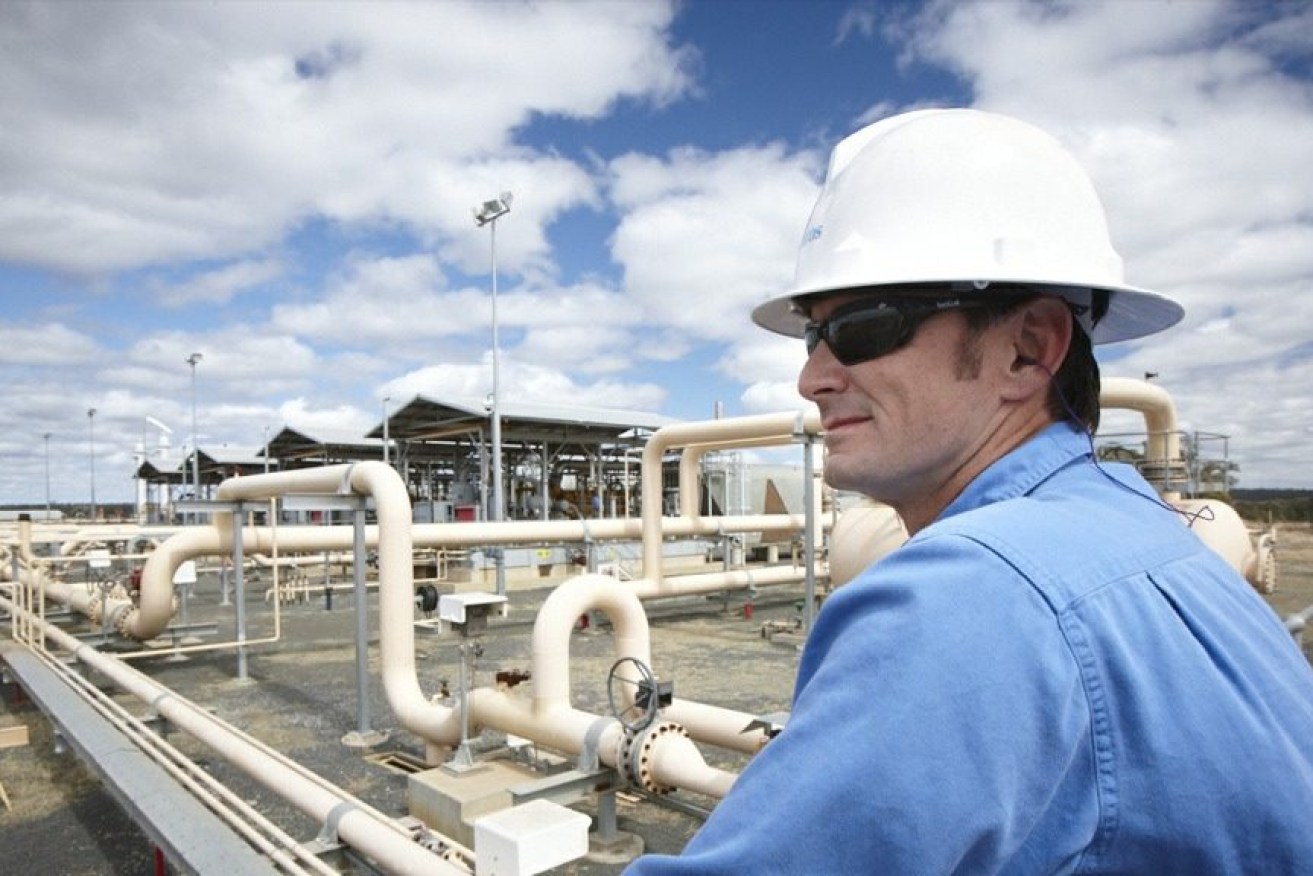
The LNG prices were tipped to plunge
Ten years ago the last of the LNG projects got the go-ahead. It resulted in a massive spending spree, a jobs boom, promises of an economic bonanza, landholder outrage and concerns of an environmental catastrophe.
But how many of all the claims – positive and negative – were realised and was it all worth it?
A decade later and it would be easy to claim that the vision of politicians and the gas industry were never met. After all, the claim that there would be $900 million a year in royalties paid to the state has never come close to being realised. And the bold statement from then-Premier Anna Bligh that the industry would underpin the state’s economic prosperity seems a little gilded.
There was a massive overspend brought about by competition between the various companies and a race to get to Gladstone first. That led to all types of problems.
Then there was the impact on domestic gas supply and prices, which has been significant.
Economically, it revived a lot of dying inland towns and boosted employment but there was also the knock-on effects that upset locals. Real estate prices shot up, rents were at ridiculous levels and they had to deal with the influx of fly-in, fly-out workers.
For the companies involved it’s been a rollercoaster since three joint ventures committed to a total of more $60 billion in investments in LNG projects on Curtis Island. That is still echoing through the economy.
The writedowns since then have been staggering. More than $25 billion has evaporated from the LNG projects around Australia, about $12 billion of that in Queensland.
Arrow Energy, the fourth major gas player in Queensland and part-owned by Shell has been a financial black hole. Reports suggest it has had massive losses of more than $8 billion.
One of Australia’s leading analysts, Graeme Bethune, said those writedowns were a factor of a number of issues, chiefly the decision to peg the LNG to the price of oil, which was well over $US100 a barrel at the time and has since crashed … twice … and currently sits around the $US65 mark. It was briefly negative in April last year.
“Back a decade ago there was irrational exuberance about CSG. This was the magic pudding and Queensland was the Saudi Arabia of gas and it’s turned out that’s not the case. However, there is a lot of coal seam gas and it has performed well,” Bethune said.
“The problem remains they don’t have enough gas, which has always been the problem.
“They are meeting their contracts but whether they increase or get more feedstock to increase the throughput is going to be challenging, I think,’’ Bethune said.
“There is probably a risk that the fields they are relying on will start to turn down. So it’s going to be a challenge.’’
Bethune said if the companies were to make an investment decision today they wouldn’t do it, particularly Santos, which made a financial commitment when it didn’t have enough gas.
Former Woodside boss Peter Coleman said this week that climate change meant that big LNG projects would not be approved today.
ANZ also produced a report in which it said China, one of the major customers of LNG, would reduce its energy imports by 95 per cent over the next 30 years with enormous implications for coal and LNG.
The shortage of east coast gas meant domestic gas prices skyrocketed as the LNG projects filled their massive tanks on Curtis Island, near Gladstone.
Even now, the east coast faces a gas shortage and its gas users are paying more than they should.
The ACCC said earlier this year that domestic gas customers were still paying more than export parity.
And of course, there has been a human cost, mostly landholders who watched their paddocks being industrialised, or their bores depleting (for which they must be compensated) and have had to suddenly deal with multinational oil and gas companies for compensation.
But there has also been breaches of the environmental authorities granted to the coal seam gas companies that feed the LNG projects. None have been at the level of Linc Energy.
The Department of Environment and Science said it has taken enforcement action for breaches of EA conditions across a broad range of industry types, including CSG, through penalty infringement notices, statutory notices and prosecution, depending on the seriousness of the offence.
Ray Brown was mayor of Western Downs during the enormous growth in CSG projects and he said the negativity towards the projects in those early days was “horrendous’’.
But he said the benefits were a major infrastructure upgrade of everything from roads to sewage, water and waste.
“Our towns like Chinchilla, Miles, Wandoan had not been upgraded since the 1950s,’’ Brown said.
“We have put in place a big investment for a good 50 years of infrastructure.
“Look at Chinchilla. It’s got a population of 7000 and it only had two or three thousand people, so it has doubled in size.
“We have no negative growth. A lot of those small towns were all dying. The young ones were leaving and then the work came to the western downs and when you talk to the kids in the schools now they say they are all going to get an education and then come home’’.
He said there were now 19 solar projects at some stage of development in the region and they were all piggybacking the gas industry.
“None would have been possible unless the CSG industry was there because they are the ones who put the big power lines in. It was the CSG industry that helped build renewable energy,’’ he said.
Lock the Gate, started by environmentalist Drew Hutton, was at the forefront of the landholder fight and its spokeswoman Ellie Smith said the fight was still going on as the companies expanded their footprint in the search for gas.
Groundwater has always been the major issue. CSG extracts a massive amount of groundwater, but so too does agriculture and there have been impacts.
A 2019 report from the Office of Groundwater Impact Assessment said coal seam water extraction was about 60,000 megalitres a year from 6800 wells. However, the number of wells was expected to reach 21,000 and water extraction would reach a peak of about 100,000 ML/year.
“CSG groundwater extraction from the Walloon Coal Measures increased rapidly from late 2013 to mid-2015. In some areas, water levels have declined by up to 250 metres in the immediate vicinity of CSG production in response,’’ the report said.
“So far 127 bores have been affected, yet only 93 make good agreements are in place for them. In the longer term they model 574 bores will be affected but that number went up 10 per cent from the previous report,’’ Smith said.
But Tony Nunan, who started at QGC as a young lawyer and rose up the ranks to his current position as Shell’s Australian country chair said there had been significant benefits.
“We have been able to diversify some incredibly strong sectors, like agriculture, and with the resources sector coming in those communities have become more resilient and stronger and we have done that through the support of governments and mostly importantly with the landholders and community around us,’’ Nunan said.
“We have seen additional jobs created and a significant amount of contractor spending. Just us alone we have put in about $30 billion into Australian businesses since 2010.
“And then there is the significant employment that has come with it. All of those things have helped create stronger more diversified regional economies that result in better outcomes for people who live there.’’
Nunan knows well the trauma many landholders suffered because QGC was not regarded well in the early days and he said he doesn’t have a goal of “winning them over’’. But he believes he has won their respect.
APLNG chief executive Nick McKenna said when the industry was getting started there were many sceptics, “but we worked really hard as an industry and with government, to earn the trust of our stakeholders and prove that Queensland CSG is a world class gas resource’’.
“When you include the significant capital investment and employment, as well as the community investment by the Queensland LNG producers, the thousands of landholders receiving payments for hosting gas production activities and the economic boost in towns across the region over the past ten years – it’s been an incredible success story for Queensland, and one with plenty more to run over coming decades,” McKenna said.
A 2019 economic report, commissioned by the industry, found the gas industry contributed around $55 billion to Queensland’s economy over a seven-year period.
The industry spent around $50 billion on goods and services from local community contributions and payments to local government as well as royalties, stamp duty and tax,
